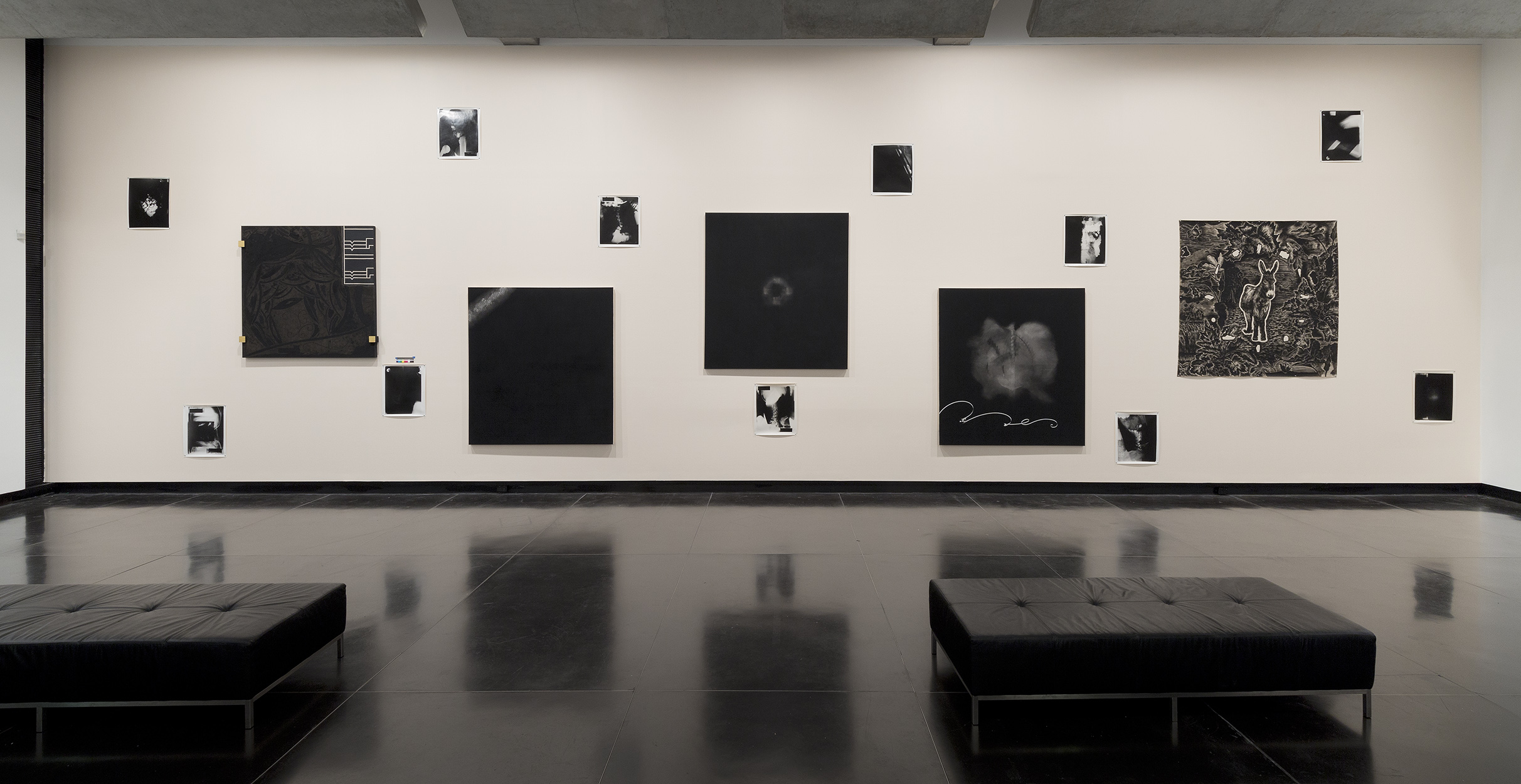Dark star: Stieg Persson’s ‘Polyphonic’ at the Potter
/Stieg Persson: Polyphonic, exhibition installation view, Ian Potter Museum of Art, University of Melbourne, 2018; image courtesy the artist and Anna Schwartz Gallery, Melbourne; photo: Christian Capurro
Stieg Persson’s recent retrospective at the University of Melbourne’s Ian Potter Museum of Art (27 March – 1 July) was a display of his chameleon-like approach to the medium of painting. In a career that has spanned three decades, Persson has produced paintings across various styles, both abstract and figurative, and has referenced a most disparate group of thematics, including human illness (Painting 1990, The king sends his own physician, 1990) right through to Swedish death metal (‘The Gothenburg Crosses’ series, 1996–97).
In addition to showcasing the artist’s talent for quickly switching subject matter and style, ‘Polyphonic’ also offered an overview of Persson’s technical prowess. Across two floors of galleries, the exhibition demonstrated his capacity to manipulate paint as a tool of light, texture and shape. An untitled series of skeletons from 1997, for instance, arranged along the stairwell leading up to the Potter’s first floor, demonstrated Persson’s command of darkness and light in an obvious allusion to Dutch vanitas. Meanwhile, the artist’s oft-practised irony was most obviously at work in a series from 2014–15 that appeared to reference objects of popular taste. These included Heirloom Carrots (2015), a work adorned with text typical of a cafe menu board. This particular series also incorporated the graffiti-like markings that might be understood to have evolved out of Persson’s earlier experiments with the paint stroke: an exercise at work in Ruskin (2008) from the series ‘Old Europe’, in which Persson consciously played with the possibilities of line as shape.
Ultimately, ‘Polyphonic’ demonstrated that, at the core of Persson’s work, is a refusal to conform to categorisation. The common thread among these works, however, was that each and every one of them was in some way rooted in Persson’s postmodern painterly origins, while nonetheless integrating a strong awareness of their contemporary moment of creation.
Amelia Winata, Melbourne



















